The type of yoga that comes to mind for most people (long classes and becoming a pretzel) is not the bulk of what yoga can offer. Especially for those of us with chronic illnesses.
Despite what we see on Instagram or even on YouTube.
As a person with chronic pain and fatigue, when I completed my yoga teacher training, my exclusive focus was on making every single thing I learnt more accessible. I workshopped every pose the entire way through the journey of physical ability.
Table of Contents
The Potential Benefits of Yoga
My research into yoga has shown the following potential benefits from practice:
- Calms the autonomic nervous system
- Help with sleep
- Reduced fatigue
- Reduced pain
- Increased physical capacity
- Decreased myofascial pain
- Less anxiety
- Reduced depression
- Relaxation
- Mindfulness of movement
- Awareness of proper alignment
These benefits were compiled as the result of lots of research and reading, documented in this blog post.
Perhaps, more importantly, these are the benefits I have also noticed and that my students are also noticing. Please do note that this is not the result of one or two practices. It is the result of consistent practice.
The Types of Practices Most Helpful for Chronic Illness
Yoga Nidra
Through several years of consistent practice of Yoga Nidra guided meditation, a profoundly restful practice you can do on your bed, my rest and digest mode has been much easier to switch on.
There is a theory that fibromyalgia is caused by an overactive nervous system – specifically being stuck in fight or flight mode (the opposite of rest and digest).
It can also help with insomnia, rest, during flares and more.
Try this yoga nidra practice yourself here.
Restorative Yoga
Restorative yoga is a type of yoga that was created for those who were injured or unwell. A class consists of a small number of poses for a long period of time. Each pose is set up so that you feel completely relaxed and comfortable. The point is release, not sensation. This induces the relaxation response.
Try this practice on YouTube:
Breathwork
It is common for those in pain to be chest breathers. Breathing in this way can actually cause more pain and fatigue. Deep breathing can also help to activate the rest and digest (relaxation) response.
There are all sorts of breathing practices available in yoga, but the ones I recommend are mindful breathing (focusing on your breath and breathing fully) and the simple 4:2:6 breath (inhale for a count of 4, pause for a count of 2 and exhale for a count of 6).
This very quick video shares the 4:2:6 breath with you:
The Physical Practice
The physical practice has been a lifesaver for me, and I’ve never done a 90 minute class or resembled a pretzel.
There are several poses I use throughout the day for pain relief. Neck stretches, mountain and forward fold and cat and cow.
Using our breath and moving mindfully while completing a slow flow class can offer many benefits. It’s exercise, moving with our breath helps us to keep it relaxed (and not upset the central nervous system) and the postures can have physical benefits as I mentioned above.
Here’s a gentle beginner practice on YouTube:
10 minutes a day is a great goal. But starting where you are is better. You can do yoga on a bed or in a chair. You can start with breath work or meditation.
The options are endless, you just need to know they exist and give one a go.
Tell us if you give any of these practices mentioned a go and how they made you feel.
*Note: This particle is meant for educational purposes and is based on the author’s personal experiences. It is not to be substituted for medical advice. Please consult your own doctor before changing or adding any new treatment protocols.
If you liked this article, sign up for our mailing list here so you don’t miss out on our latest posts! You will also receive an e-book full of uplifting messages, quotes and illustrations, as a token of appreciation!
Pin to Your Health & Wellness Boards:
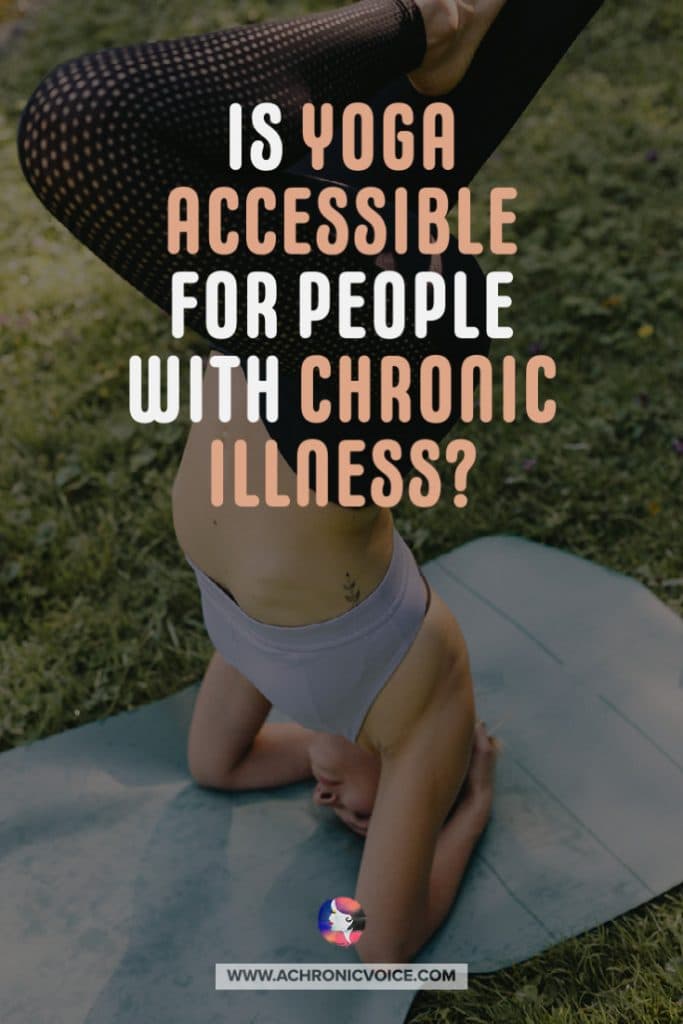
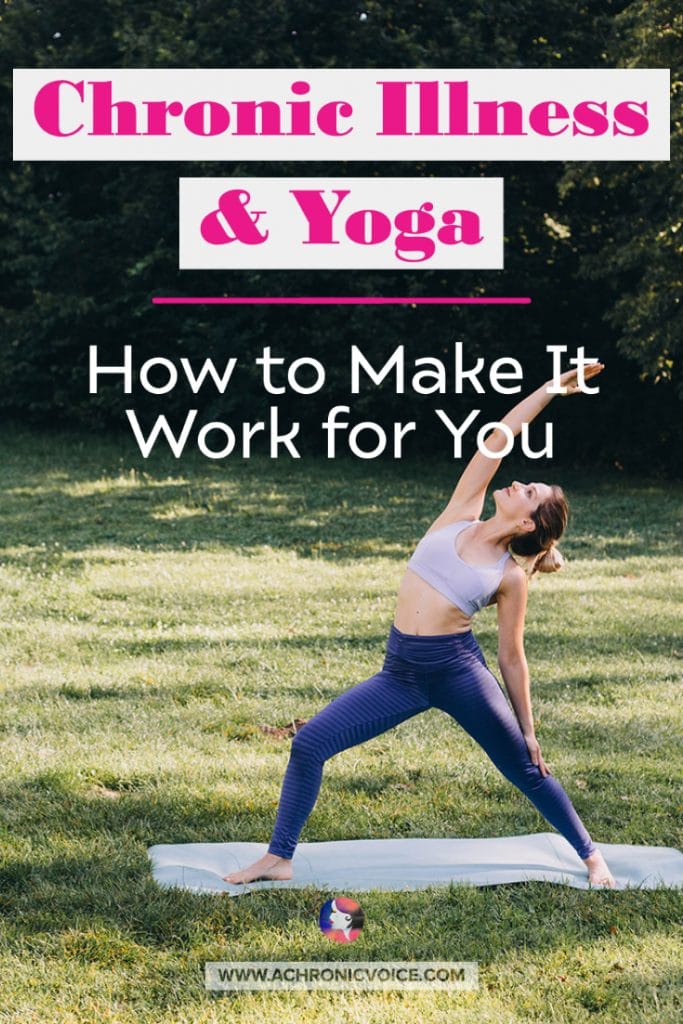
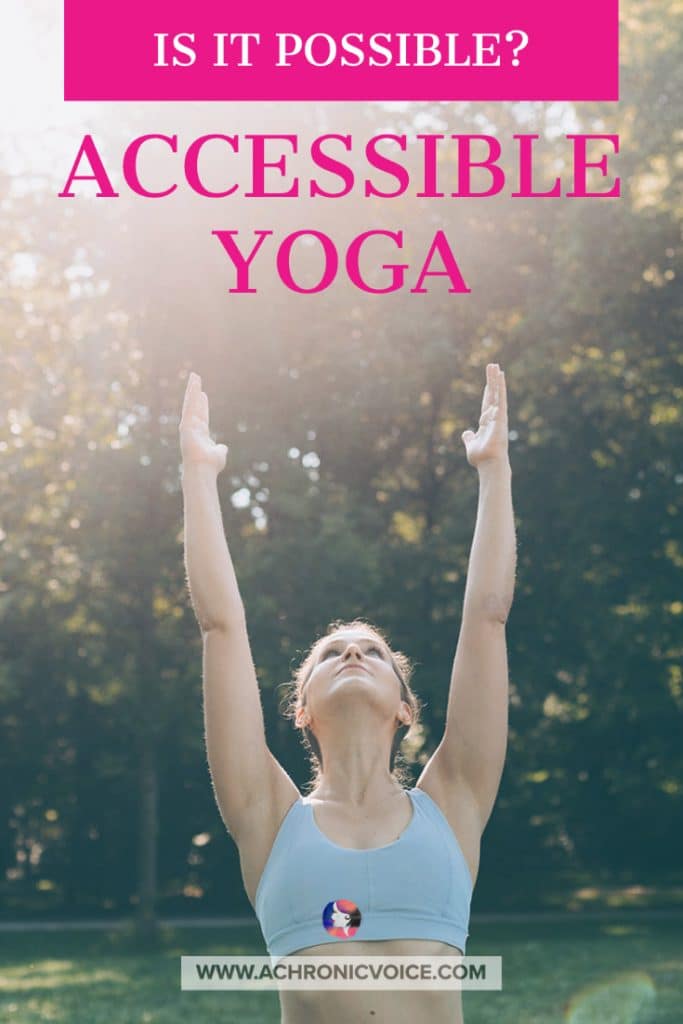
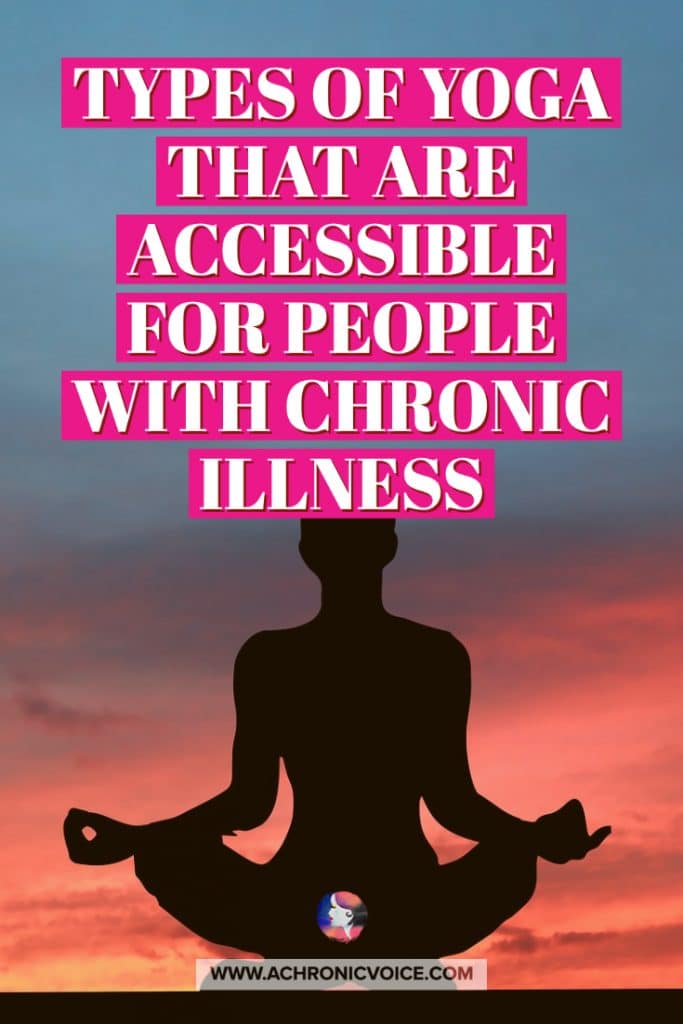
Contributor Bio
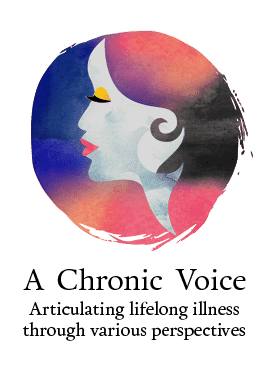
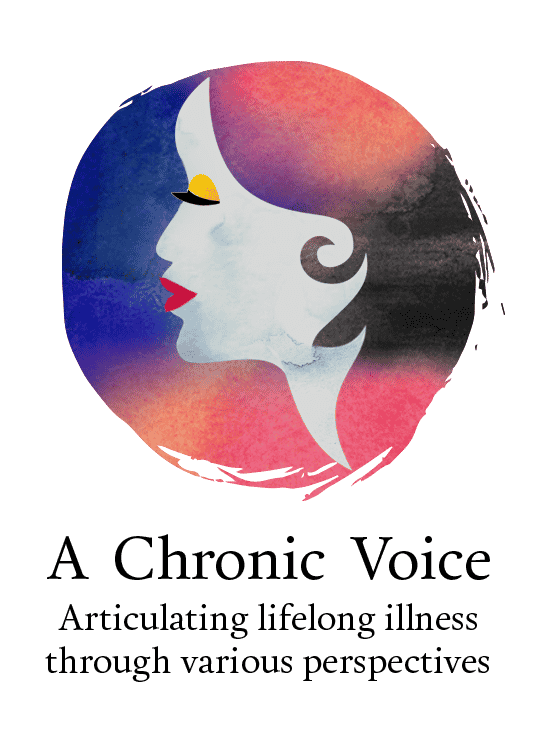
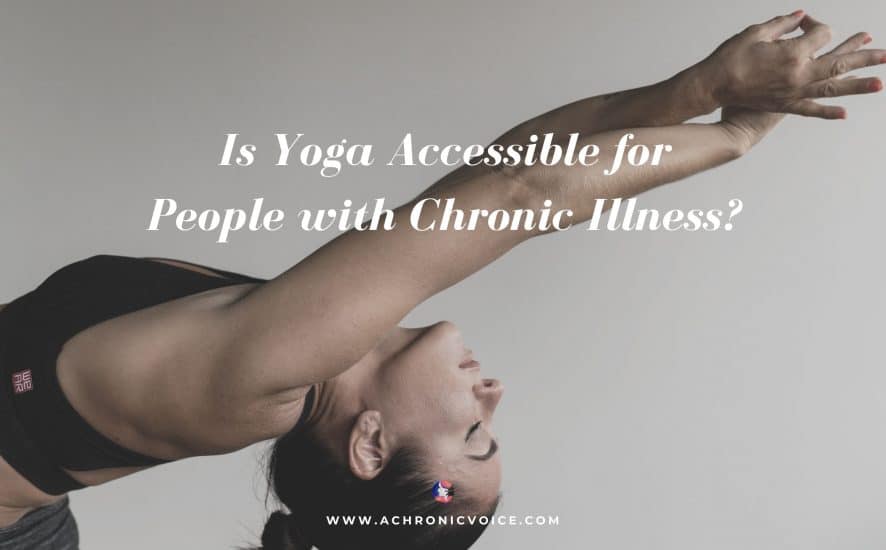
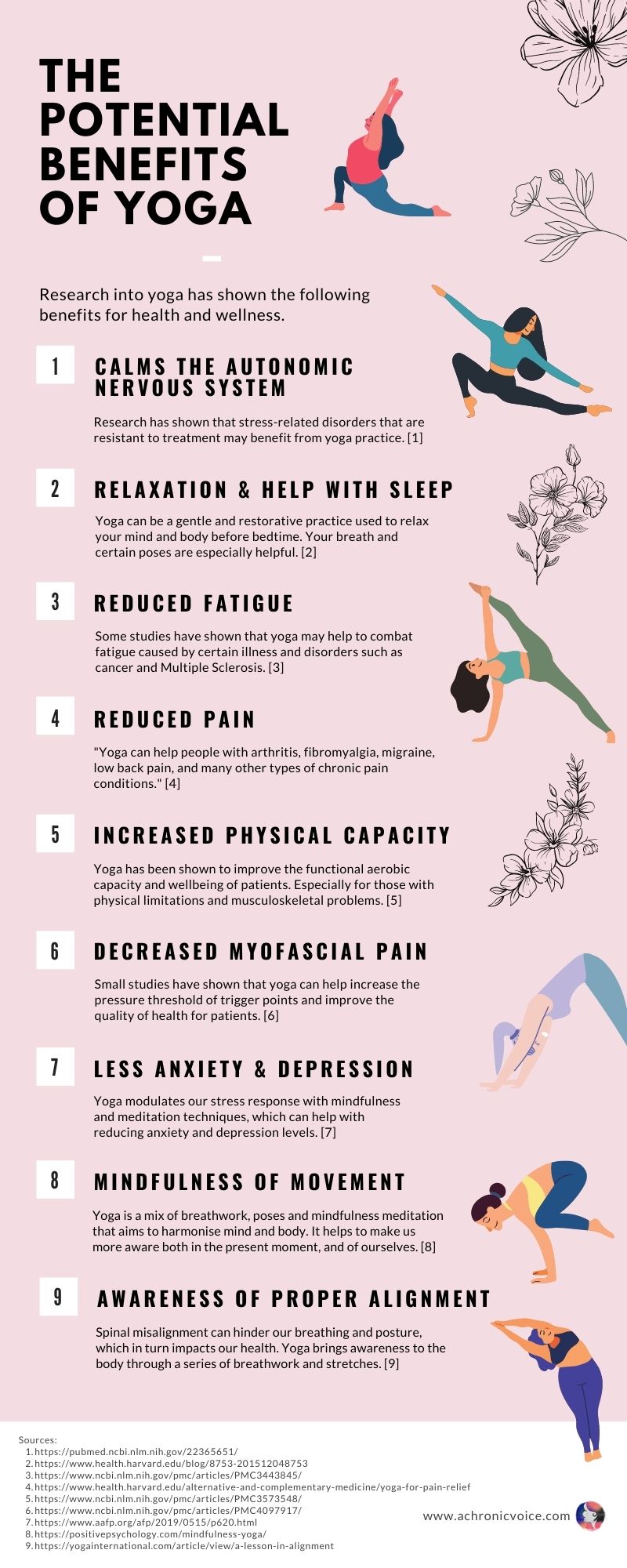

Terrific article with lots of great resources, Melissa. I watched your video this weekend. I used to do a lot of yoga but then I got too sick and have too much damage to my spine to do more than basic poses and what you’ve mentioned in your restorative yoga video. It’s always nice to see that something is always possible with yoga, even if some of us can only do 5 or 10 mins before we need to stop.
I’ve fallen off the wagon with yoga, but used to find it so helpful. I definitely couldn’t do a full hour but 15-20 minutes works best for me and my symptoms. You have prompted me to try again!